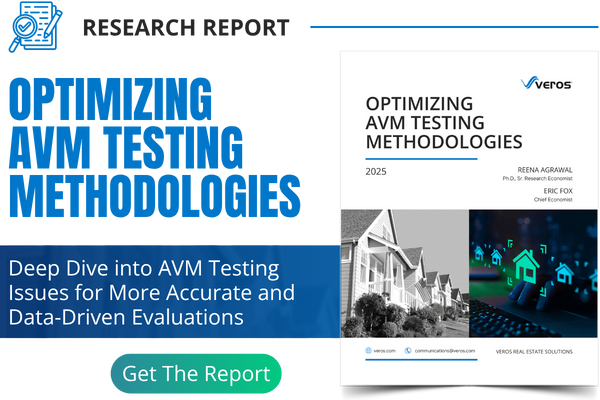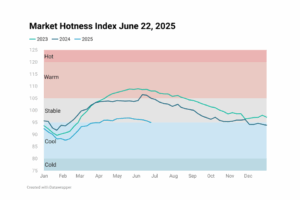Since the Interagency Task Force on Property Appraisal and Valuation Equity (PAVE) action plan was announced in March 2022, all parties to the real estate lending and valuation process were expected to be aware of the appraisal gaps that exist with underserved communities and make improvements to their processes to mitigate them. In April 2024, the Federal Housing Finance Agency (FHFA) announced that efforts to eliminate bias appear to have positively impacted the appraisal gap between white and minority households. Although there is still significant work to be done to eliminate intentional and unintentional bias from the lending or valuation processes, let’s look at some of the key activities taking hold to make strides in this area.
Technological Innovations
Lenders and Appraisal Management Companies (AMCs) are developing more advanced quality control (QC) tools that incorporate machine learning, comparable sale selection analysis, Computer Vision and artificial intelligence to identify words and phrases that may not be appropriate to use in an appraisal. Data inconsistencies or words/phrases that are subjective in nature, refer to types or groups of people, or could be considered bias are being systemically recognized and flagged at an improved rate. Due to this diligence and appraiser education, Fannie Mae® reported in their March 2024 Appraiser Update that the incidences of prohibited and subjective language have decreased.
Standardization of Valuation Practices
Bringing more standardization to the data being collected for a valuation risk analysis or valuation report allows for less subjectivity into what may or may not be important to report on the property, which differs from human to human. In April 2024, the government-sponsored enterprises (GSEs) introduced the Uniform Property Dataset (UPD), setting the stage for standardizing all current appraisal forms with UAD 3.6 by 2025-2026. Several validated tools are now available that can digitally produce floor plans with precise Gross Living Area (GLA) dimensions, significantly minimizing the potential for human error. Given that the size of a home is one of the most critical valuation factors, accuracy in this area is essential.
Diverse Appraiser Workforce
An important initiative currently underway is enhancing diversity within the appraiser workforce. One goal is to raise awareness of the profession among college students. Another goal is to diversify the pool of appraisers to better reflect the demographics of the buyers and sellers they serve, programs like the Valligent Appraiser Training Program.
Regulatory Reform
Recent guideline changes from Fannie Mae®, Freddie Mac®, and the U.S. Department of Housing and Urban Development (HUD) empower borrowers to file a Reconsideration of Value (ROV) if they believe their appraisal was unfair. These new policies recognize the existence of bias, subjectivity, and quality issues in appraisals. AMCs and lenders are expected to rigorously QC the valuations for accuracy and objectivity, and to educate appraisers if concerns arise. Lenders should be equipped with ROV tools that combine high-confidence Automated Valuation Models (AVMs) with public records and MLS data to verify the appraised value.
In Conclusion
While fully eradicating bias in real estate valuations may be challenging, it is encouraging to see substantial progress through technological advances, data collection standardization, improved appraiser diversity, and regulatory reform. Continued efforts from lenders, appraisers, AMCs, government entities, and other stakeholders are essential to drive lasting change in the industry. Together, all parties move towards a more equitable and accurate property valuations for all.

Kristin Gruidl
Kristin Gruidl is the Director of Product Management at Valligent (a Veros Real Estate Solutions sister company). Kristin has over 20 years of experience in the fintech industry, serving the government-sponsored enterprises, lenders and other partners intersecting the housing finance process. She has been an integral part of modernizing and innovating in the housing industry and is known for obtaining the pulse of the customer.










